
How to Use DFRobot Oxygen Sensor: Examples, Pinouts, and Specs
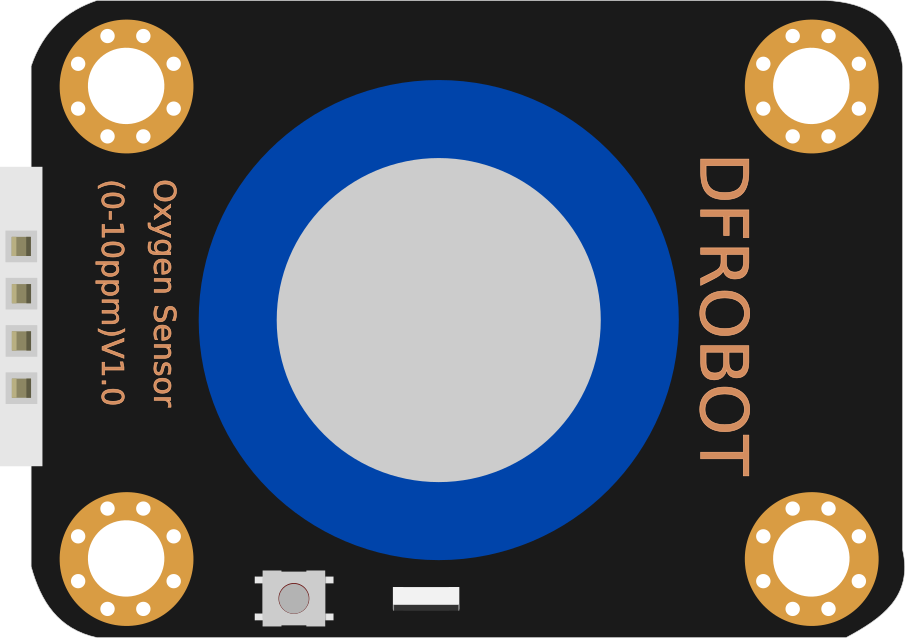
 Design with DFRobot Oxygen Sensor in Cirkit Designer
Design with DFRobot Oxygen Sensor in Cirkit DesignerIntroduction
The DFRobot Oxygen Sensor is an electrochemical sensor designed to measure the concentration of oxygen in the air. It is a critical component for applications that require monitoring of oxygen levels for environmental, medical, or industrial purposes. The sensor is known for its high sensitivity, low power consumption, and long-term stability, making it suitable for various applications such as air quality monitoring, oxygen concentrators, and safety systems in confined spaces where oxygen depletion may occur.
Explore Projects Built with DFRobot Oxygen Sensor
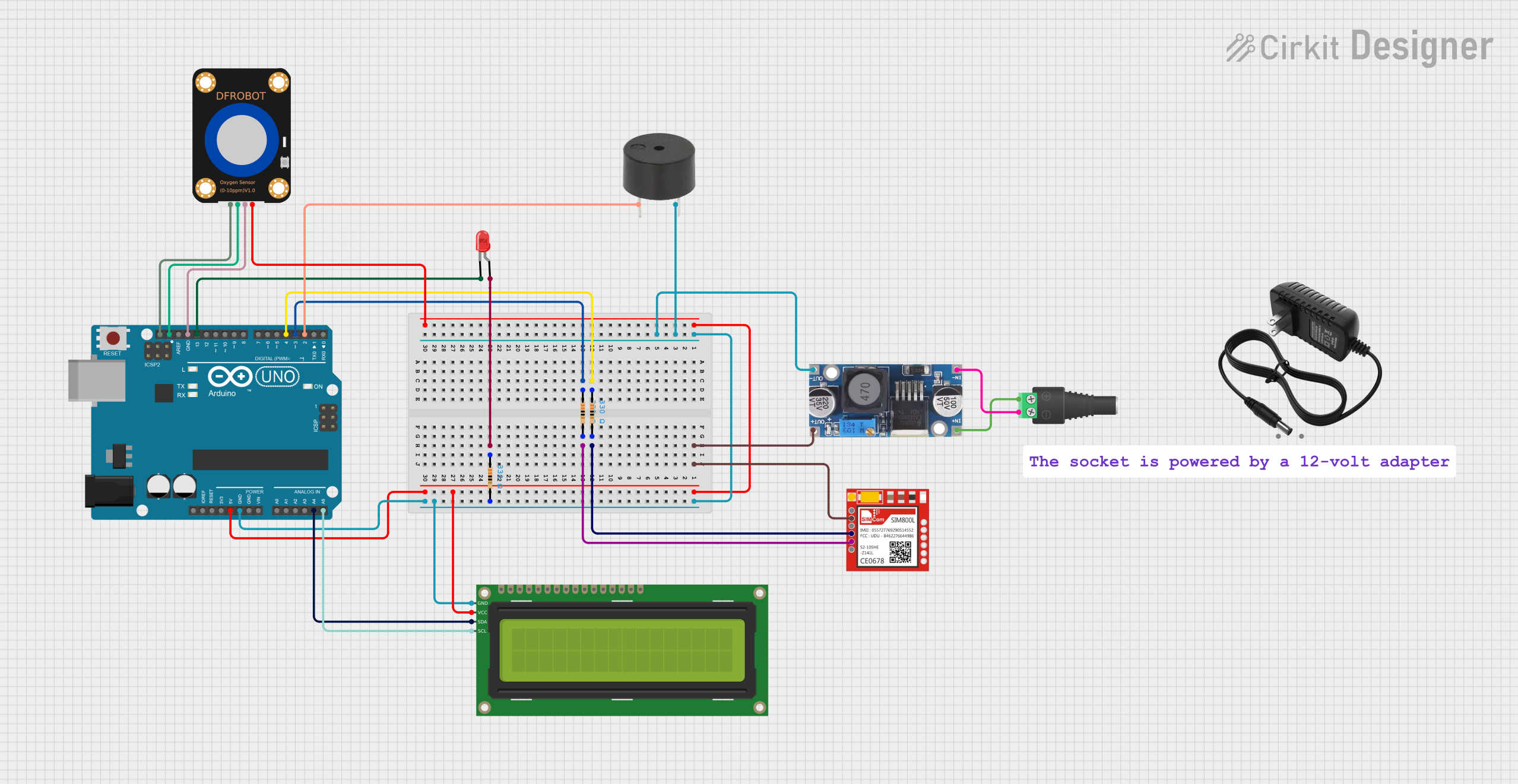
 Open Project in Cirkit Designer
Open Project in Cirkit Designer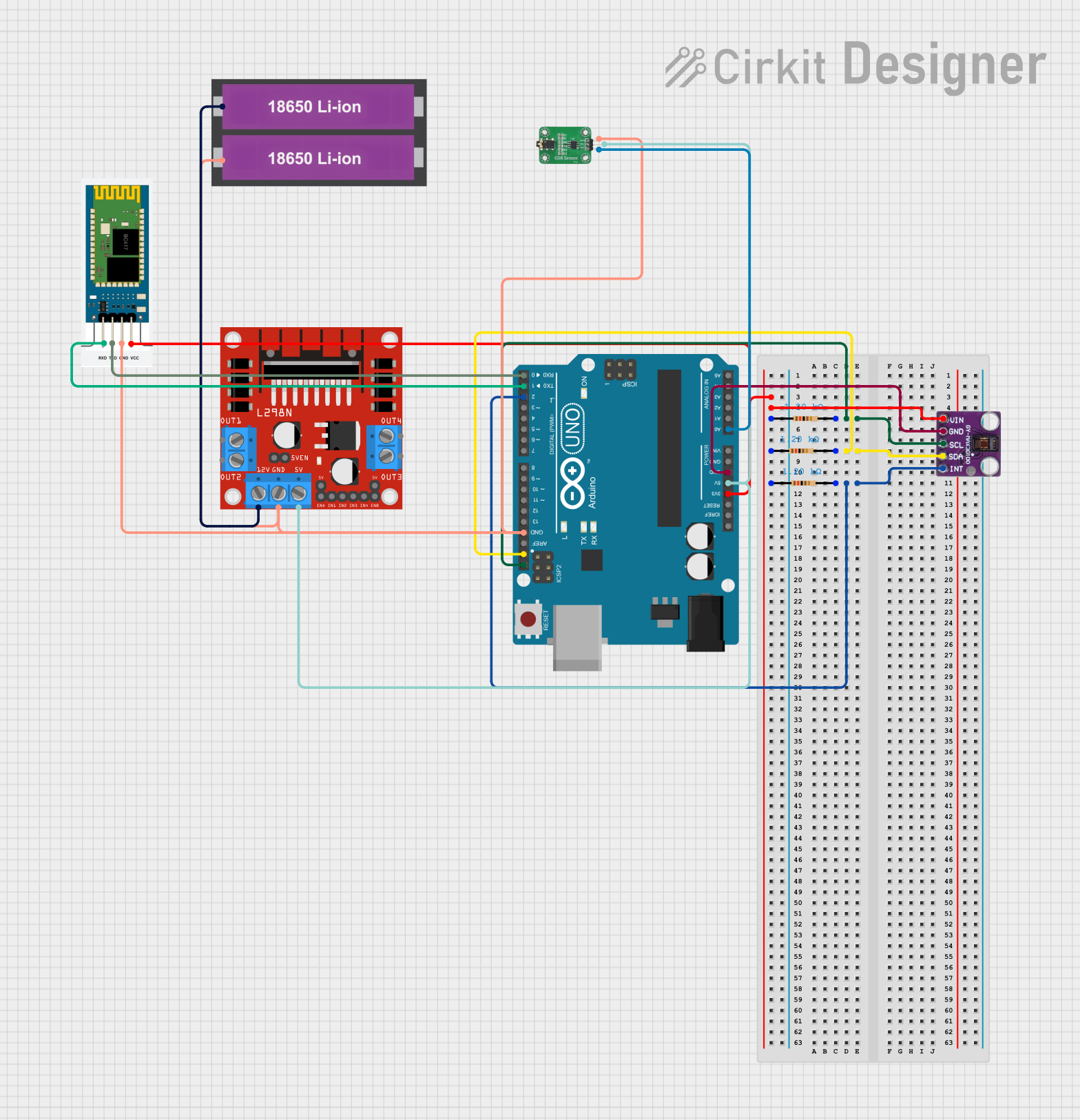
 Open Project in Cirkit Designer
Open Project in Cirkit Designer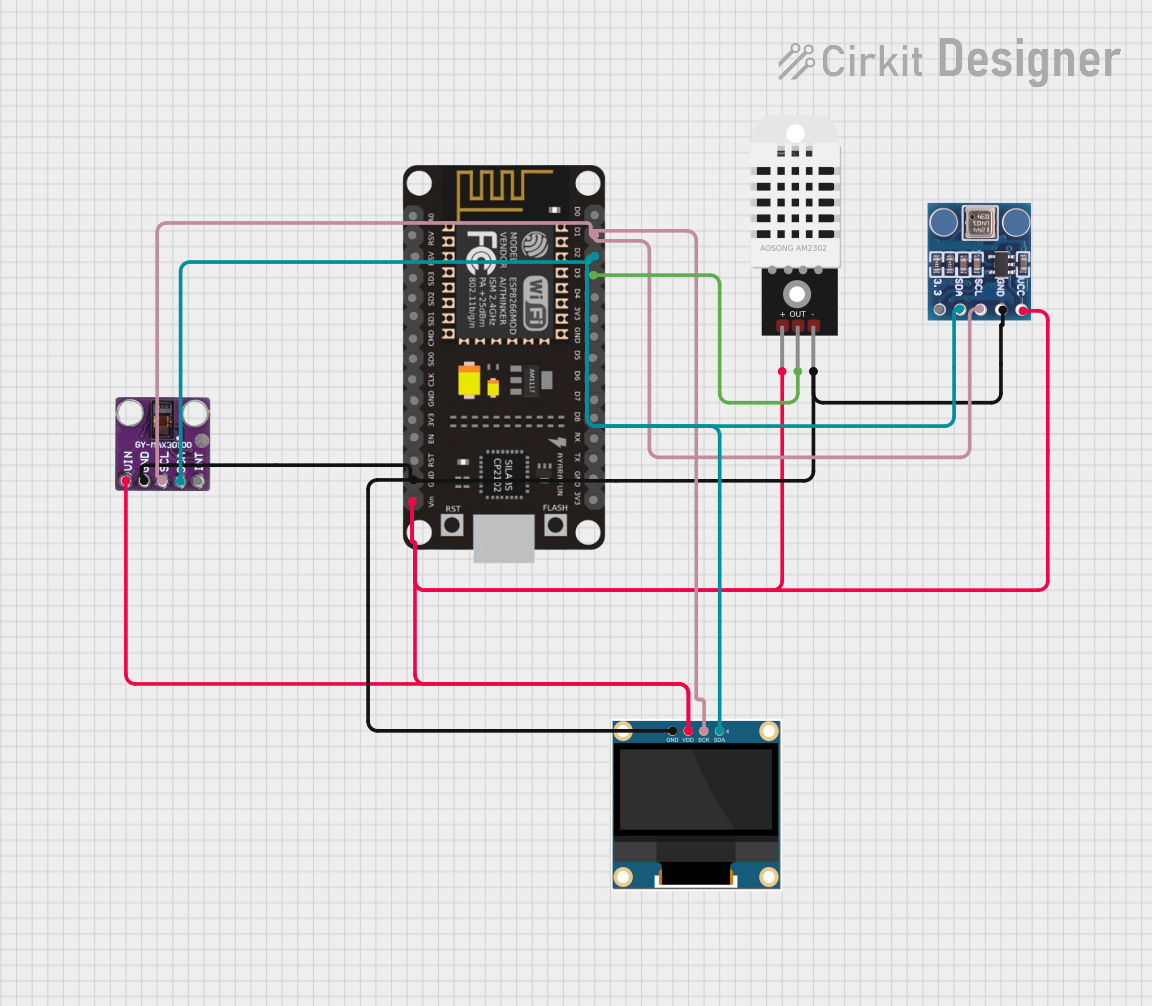
 Open Project in Cirkit Designer
Open Project in Cirkit Designer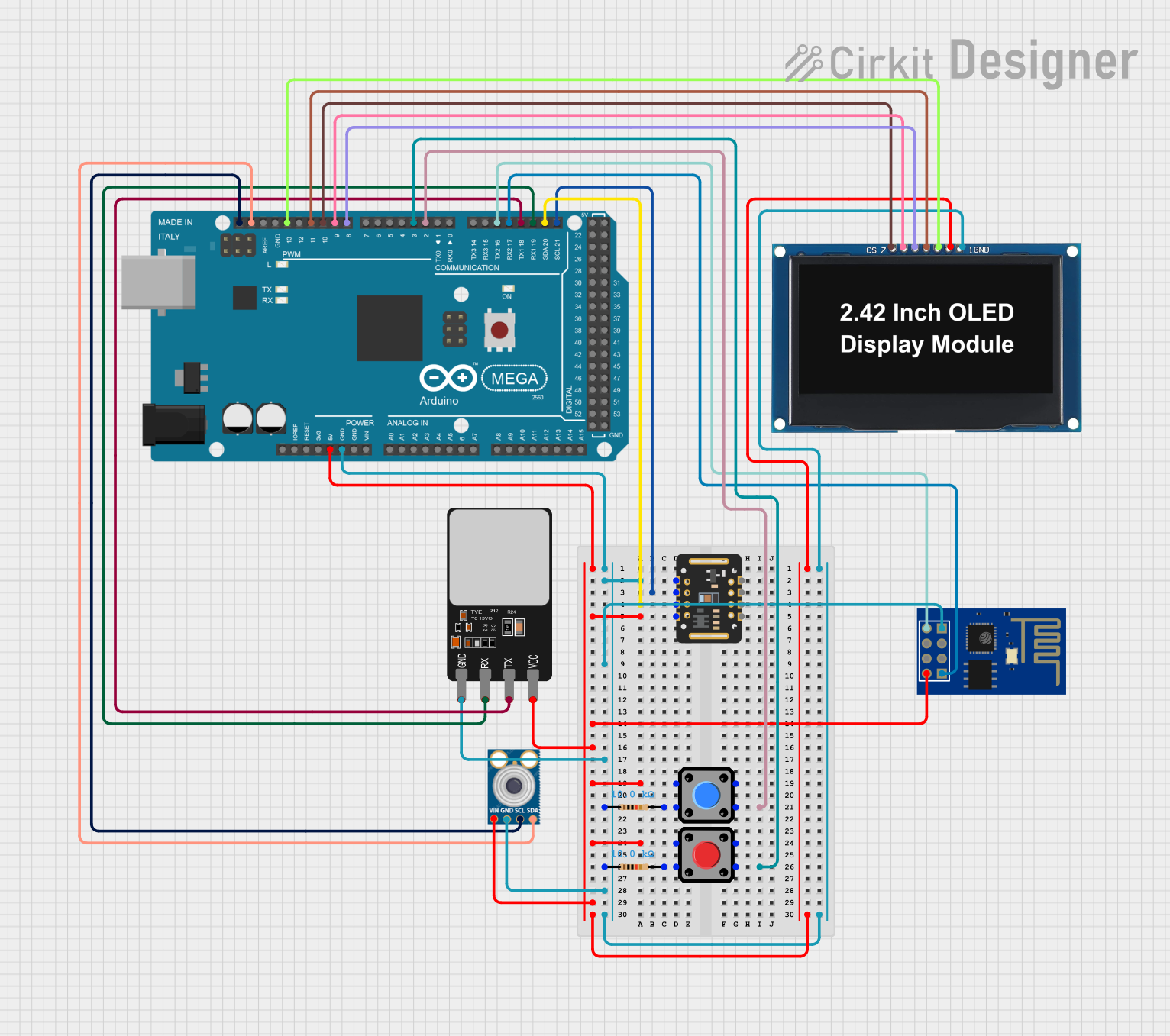
 Open Project in Cirkit Designer
Open Project in Cirkit DesignerExplore Projects Built with DFRobot Oxygen Sensor

 Open Project in Cirkit Designer
Open Project in Cirkit Designer
 Open Project in Cirkit Designer
Open Project in Cirkit Designer
 Open Project in Cirkit Designer
Open Project in Cirkit Designer
 Open Project in Cirkit Designer
Open Project in Cirkit DesignerTechnical Specifications
Key Technical Details
- Measurement Range: 0-25% Vol. O2
- Output: Analog voltage
- Supply Voltage: 3.3V to 5.5V DC
- Output Voltage: 0.1-1.5V DC
- Response Time: <15s
- Warm-Up Time: ≤ 3 minutes
- Operating Temperature: -20°C to 50°C
- Storage Temperature: -20°C to 60°C
- Humidity: 15% to 90% RH (non-condensing)
- Expected Operating Life: > 2 years in air
Pin Configuration and Descriptions
| Pin Number | Name | Description |
|---|---|---|
| 1 | V+ | Power supply (3.3V to 5.5V DC) |
| 2 | GND | Ground connection |
| 3 | SIG | Analog signal output (0.1-1.5V DC) |
Usage Instructions
Integration into a Circuit
To use the DFRobot Oxygen Sensor in a circuit, follow these steps:
- Connect the V+ pin to a power supply between 3.3V and 5.5V.
- Connect the GND pin to the ground of the power supply.
- Connect the SIG pin to an analog input on your microcontroller, such as an Arduino UNO.
Important Considerations and Best Practices
- Allow the sensor to warm up for at least 3 minutes before taking measurements.
- Calibrate the sensor periodically to ensure accurate readings.
- Avoid using the sensor in environments with high concentrations of corrosive gases.
- Keep the sensor away from organic solvents and coatings to prevent sensor poisoning.
- Ensure proper ventilation around the sensor for accurate oxygen level detection.
Example Code for Arduino UNO
// Define the Oxygen Sensor's analog output pin
const int oxygenSensorPin = A0;
void setup() {
// Initialize serial communication at 9600 baud rate
Serial.begin(9600);
}
void loop() {
// Read the analog value from the sensor
int sensorValue = analogRead(oxygenSensorPin);
// Convert the analog value to voltage
float voltage = sensorValue * (5.0 / 1023.0);
// Print the voltage to the Serial Monitor
Serial.print("Voltage: ");
Serial.print(voltage);
Serial.println(" V");
// Add a delay between readings
delay(1000);
}
Troubleshooting and FAQs
Common Issues
- Inaccurate Readings: If the sensor provides inaccurate readings, ensure that it has been calibrated correctly and that there is no interference from other gases or chemicals.
- No Output: Verify that the sensor is correctly powered and that all connections are secure. Check the sensor's voltage output with a multimeter.
- Shortened Lifespan: Exposure to high concentrations of oxygen or pollutants can reduce the sensor's lifespan. Ensure the sensor is used within its specified range and environment.
Solutions and Tips for Troubleshooting
- Calibration: Perform calibration in fresh air or a known oxygen concentration to ensure accuracy.
- Connection Check: Recheck all wiring connections and ensure the sensor is not exposed to mechanical stress.
- Environmental Control: Use the sensor within its specified temperature and humidity range to prevent damage.
FAQs
Q: How often should the sensor be calibrated? A: The sensor should be calibrated periodically, depending on the usage and the environmental conditions. Typically, calibration every six months is recommended.
Q: Can the sensor be used in a 100% oxygen environment? A: No, the sensor is designed to measure oxygen levels in the air and is not suitable for pure oxygen environments.
Q: Is the sensor waterproof? A: No, the sensor is not waterproof and should not be exposed to water or high humidity levels that exceed its specifications.